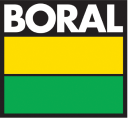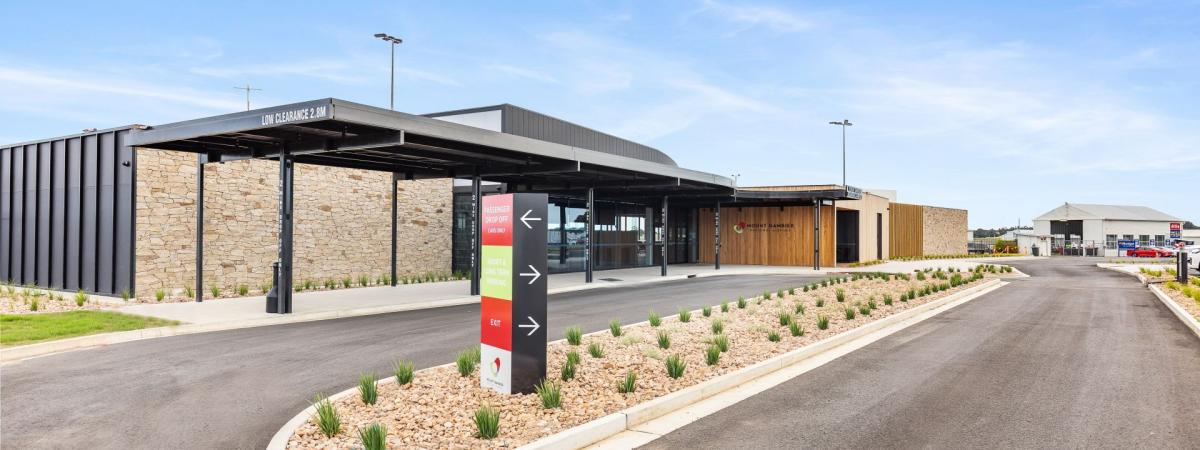Airports are vital to economic success and cultural growth at both regional and national levels. Australian airports handle over 120 million passengers a year, a number expected to double by 2030. They contribute directly and indirectly to more than 5% of GDP by functioning as economic and freight hubs.
When it comes to construction or rehabilitation work, particularly on airside facilities like runways, taxiways, and runway-aprons, airport owners and operators engage the most experienced and competent suppliers. Boral Asphalt was engaged by the District Council of Grant to upgrade the Mount Gambier Regional Airport pavement to accommodate modern aircraft, which have become increasingly bigger, imposing heavier loads and higher tyre pressures than those using the airport when it was first built in World War II.
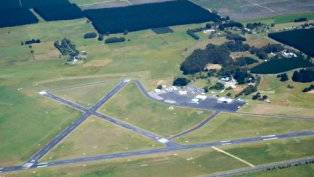
Project Challenge
The main objectives were to fit activities into a small daily window of opportunity, meet very short project time frames, and manage risk. Additionally, there was an exacting level of product quality needed to accommodate tight airport specifications. The project faced the onset of winter, so it was delivered in two installments spanning between February 2011 and 2012. Typically, between December and March, Mount Gambier Airport has an average high temperature of 24°C and an average low temperature of 11°C, which is the preferred period for pavement work.
After initial site assessments and examination of the geometric design, the composition of asphalt layers was fine-tuned by the District Council of Grant in partnership with Boral to meet budgetary constraints while remaining strictly compliant with MOS 139, the Civil Aviation Authority’s Manual Of Standards for Aerodromes.
Boral's Solution
Boral Asphalt established a mobile on-site laboratory where a full range of mix designs was conducted, commencing with trials of different aggregate and sand combinations to meet the unique airport specification. This also allowed the airport to have a dedicated supply within proximity, eliminating asphalt transport issues.
The desired mix design was then put through the plant, tested, and adjusted as required. All production testing was done throughout the course of the project, including field-testing on completed work. A nominal maximum aggregate size of 14mm was used in a dense graded asphalt.
“The Boral crew and the asphalting crews – they work longer on Saturday nights because there are no flights in the area. The airport for us is not just a place we work, we’re quite involved with it.” Paul McFarlane, Airport Compliance Officer, Mt Gambier Airport.
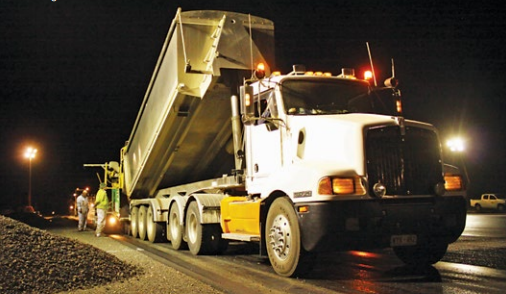
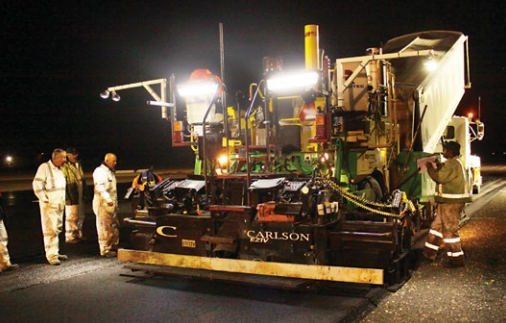
Project Outcomes
Boral rehabilitated and widened the runway and taxiway, upgraded the centre runway with a new asphalt overlay, and strengthened the RPT apron at Mount Gambier Regional Airport. The project was completed without disrupting airport operations and schedules, leading to the airport attracting a second carrier, Qantas Link, and serving around 95,000 passengers annually.
Today there are a number of daily flights between Adelaide and Melbourne offered by Regional Express. The airport also has a strong general aviation community, with a number of local aircraft based here. Mount Gambier also regularly receives visits from a range of private, charter, commercial and defence aircraft.
“Boral provided a very experienced crew fully conversant with laying asphalt on aircraft pavements at night. The resultant improvement in pavement strength has allowed the airport to permit significantly larger aircraft to use the pavement. Previously the airport was limited to 12 tonne aircraft without a concession. This unrestricted weight limit is now of the order of 20 tonne.” Peter Francis, Director, Aerodrome Design Pty Ltd.
“It was fantastic to have the runway completed in time for larger aircraft like the one that landed this morning – it also justified the cost of this important upgrade.” Russell Peate, Chief Executive Officer, Grant District Council.
Prior to the asphalt surfacing stage, some pavement areas on the taxiway were severely distressed and had to be repaired by deep patching with asphalt. The entire pavement complex was badly out of shape, making it increasingly unserviceable due to pooling after rain. After asphalt overlays, all gravel shoulders needed to be built up to new levels.
Operational conditions at Mount Gambier required that all asphalt work be carried out at night so that the airport could return to normal function in daylight hours. As the airport is used by the Royal Flying Doctor Service, asphalt crews had to maintain distance from the second runway when a medical emergency landing had to take place, with only 60 minutes prior notice.
The upgraded airport pavements are performing well after opening to normal aircraft duty. Both the District Council of Grant and project management consultant, Aerodrome Design P/L, have expressed satisfaction with the asphalt delivery phase of the project, benefiting from the partnering approach used by Boral. The successful delivery of the project resulted in an invitation to Boral to participate in the Conference for Regional Airports to share experiences with other airport operators and managers.
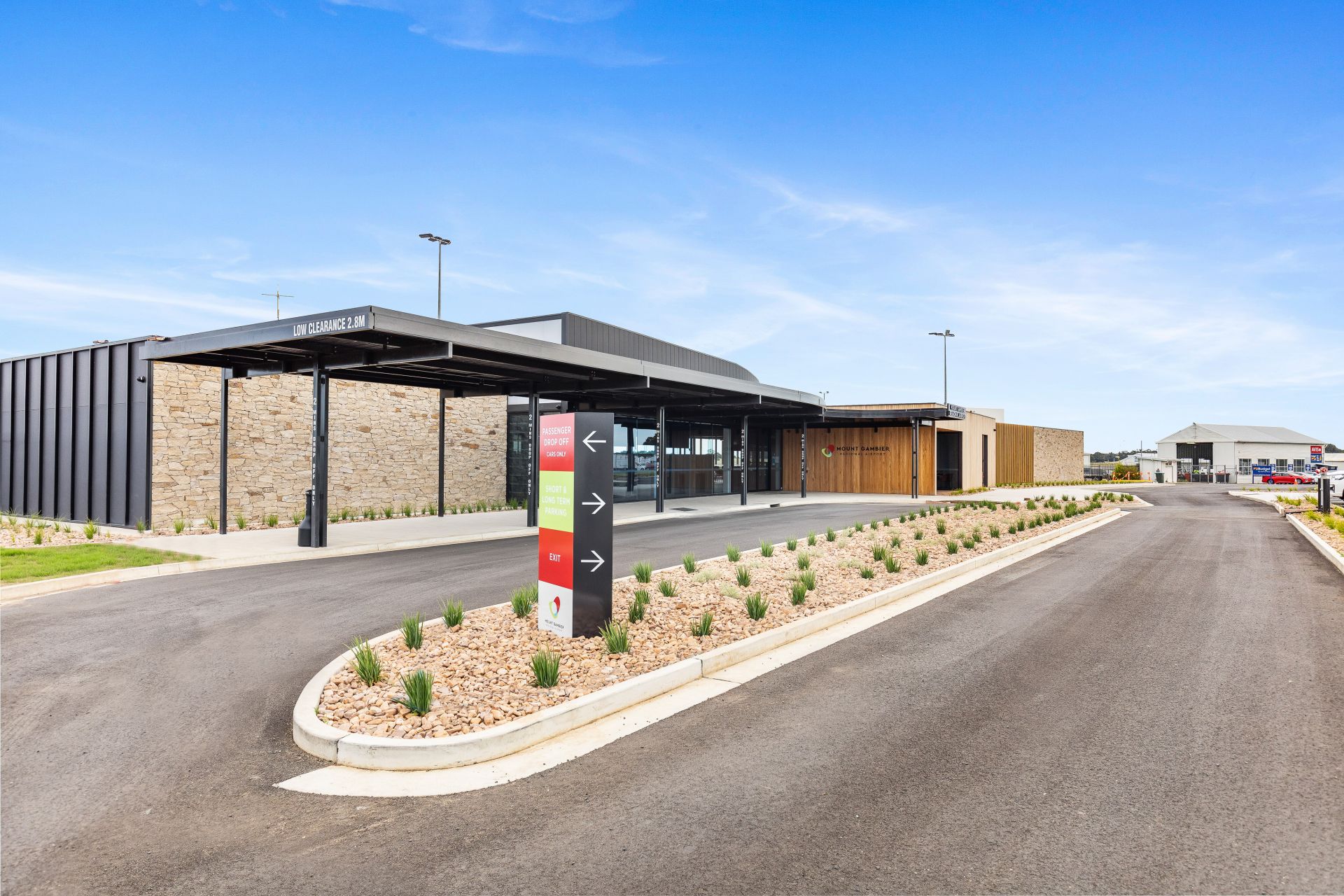
For more information, click here.
